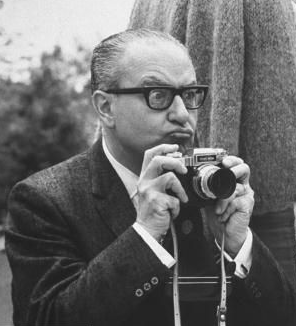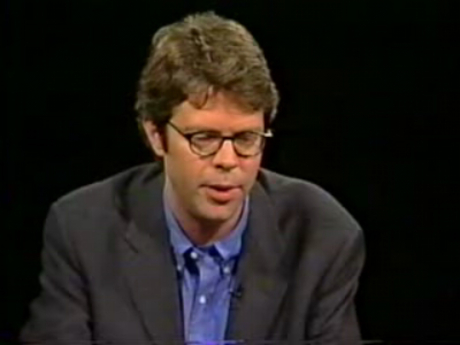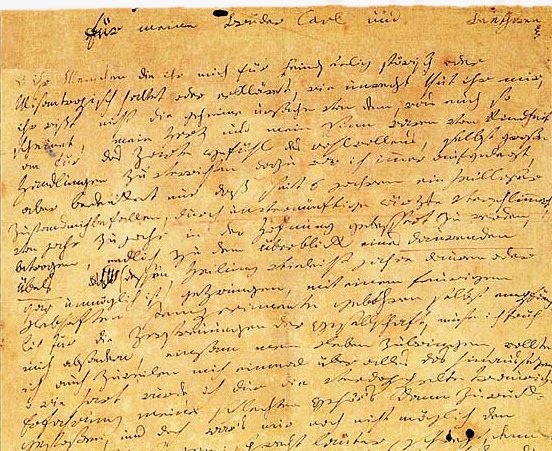1) Can we all just agree that these are really good examples of percussion writing?
This, because it builds up patterns in the percussion section, which is such a good way to use those guys back there. Who doesn’t like a good percussion pattern? Ravel’s great at it – so is Stravinsky. And then of course, there’s all that Popular Music.
This because it’s just raucous.

Both excerpts come from a piece that’s altogether new to me: Alberto Ginastera‘s 1934 ballet Panambi, his Opus 1. Heard it on the radio the other day, loved it. I think it has an awful lot to do with Stravinsky, Revueltas (I’m thinking specifically of “Sensemayá“) and more than a little to do with Varèse, and Who wouldn’t like that??
2) I’ve been thinking a lot more about Gordon Jenkins. Jenkins is the gentleman who composed the final installment of Frank Sinatra’s ill-fated “Trilogy: Past, Present, Future” album from about 1980, if I’m recollecting correctly. I presented an in-depth analysis of this particular work here.
Let there be no mistake: I love Jenkins’ “The Future”. It’s wacky, wild, and wet all over. It’s easy to laugh at and laugh with (ok, at), but I’ve started to look at it more analytically. What is it about this piece that makes it so very strange and not “successful” in the way we might normally associate that word with great pieces of music?
A composer faces many little compartmentalized tasks that we tend to take as a bundle: concept (which the composer rarely chooses in collaborative projects), narrative (be it a ‘programmatic’ or theatrical work or the emotional narrative of an instrumental work), lyrics (sometimes), style, texture, orchestration, harmony, counterpoint, melody, rhythm. Form covers many tasks: phrase structure, song structure, movement structure, key relationships. And how about pacing which is sort of a formal issue, but also it’s own thing.
Then there’s other things: choosing which gestures to include and when, deciding who should play what and when someone should sing something (separate from the technique of orchestrating these decisions) and deciding how the various textures should be edited together. I suppose what I’m getting at is that composing isn’t just as simple a thing as Concept and Execution – there’s tons of mini-concepts to be conceived and executed along the way.
Because we study the great composers to the exclusion of almost all others, we sort of expect a master composer to have mastery of all these categories, but it’s really not the case. Take Gordon Jenkins: he’s extremely good at texture, harmony, melody, rhythm, and certainly orchestration. Form, sometimes. Some big misfires in the style department (that is to say, in choosing the appropriate style to suit his needs, not in executing his chosen style, so maybe those are really two different departments?). I’m guessing he was commissioned to take on the concept of “future”, but even taking that as a given, his sense of narrative is pretty Loony. And let’s just be honest, the man shouldn’t have been allowed within a 2,000 mile radius of a lyric. But then again, the distinctively bizarre lyrics of “The Future” contribute greatly to the charms of the piece, so don’t listen to me.
Berlioz is kind of an oddball in all of the categories, and it’s always fascinating to see where his experiments worked and where they didn’t (see: Symphonie Fantastique, mvmt. 5, m. 11 – that’s figure 61 – for a major Berlioz fail. I’ve always contended that this is the single poorliest-composed bar in the standard repertoire.) I’d say the same for JanáÄek. Even when Shostakovitch does really well in all the categories, he often paces his large scale forms very poorly. Tchaikovsky, astoundingly brilliant in so many categories, frequently lets the seems show between his textures and sometimes had a really weird sense of narrative and concept. But sometimes not.
I’d be very interested in knowing if people agree with me/have other examples of composers with blatantly compartmentalized skills.

3) I just finished reading Freedom by Jonathan Franzen. Here’s another example of compartmentalization – Mr. Franzen has profound strengths: inner narrative, complex psychological motivations, weird family stuff. And his prose flies right off the page. But the guy’s got a tin ear for dialogue. The narrative is propulsive – the book has a wonderful ratio of plot events to pages invested – but the concept is kind of zany (but then again, the narrative is so good, you don’t care).
The book’s ending is a real paradox: when you reach it in context, it’s very satisfying – it’s hopeful and conclusive, and your soul ravaged from the journey, so it’s much appreciated. But give it a little distance and it appears way, way neater and tidier and than it ever needed to be. It’s not only cloying, but it becomes the most unlikely event after a series of extraordinarily unlikely events.
But you know what, I still loved reading the book. And he’s got some fantastic rules for writing fiction.


